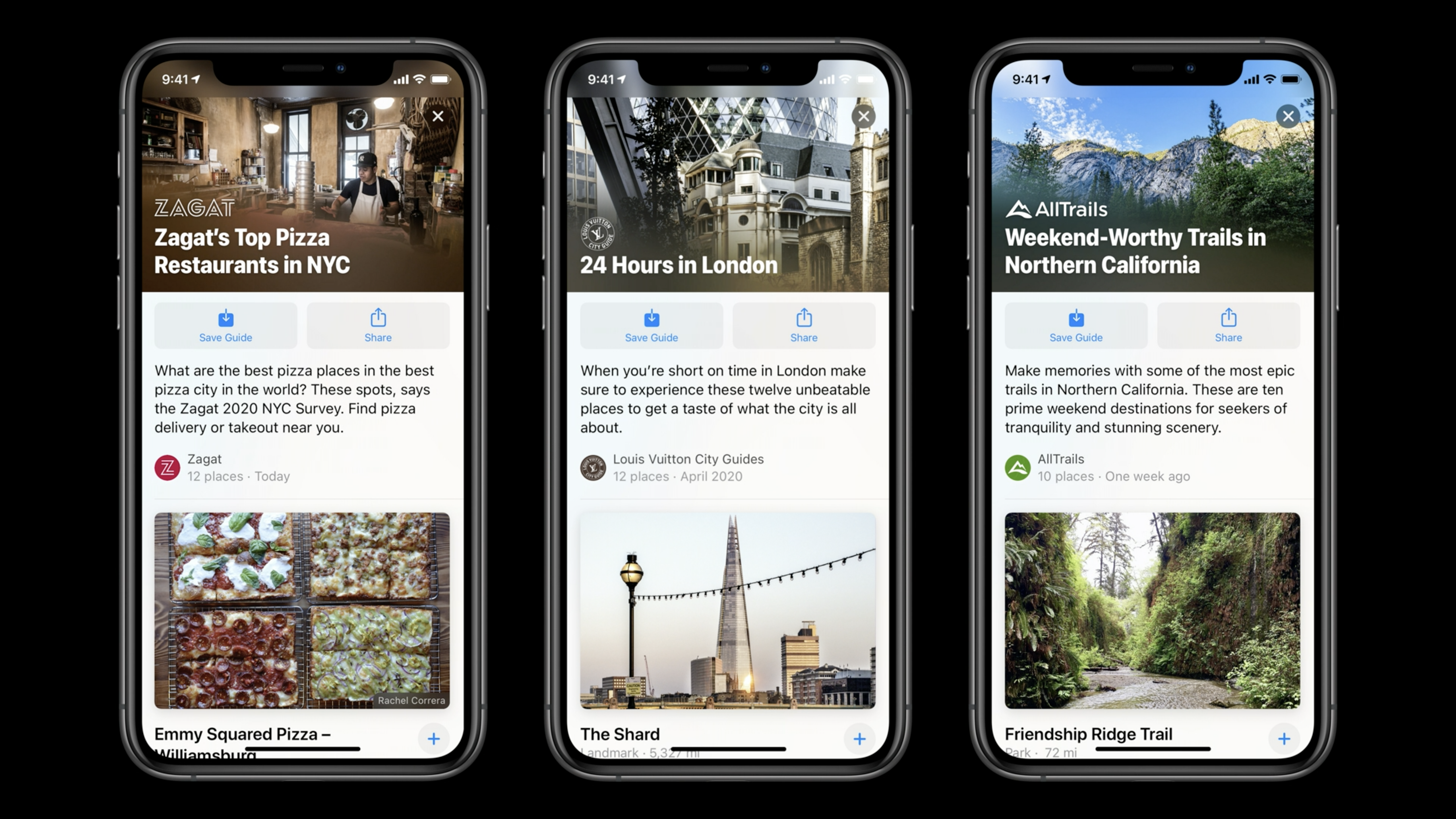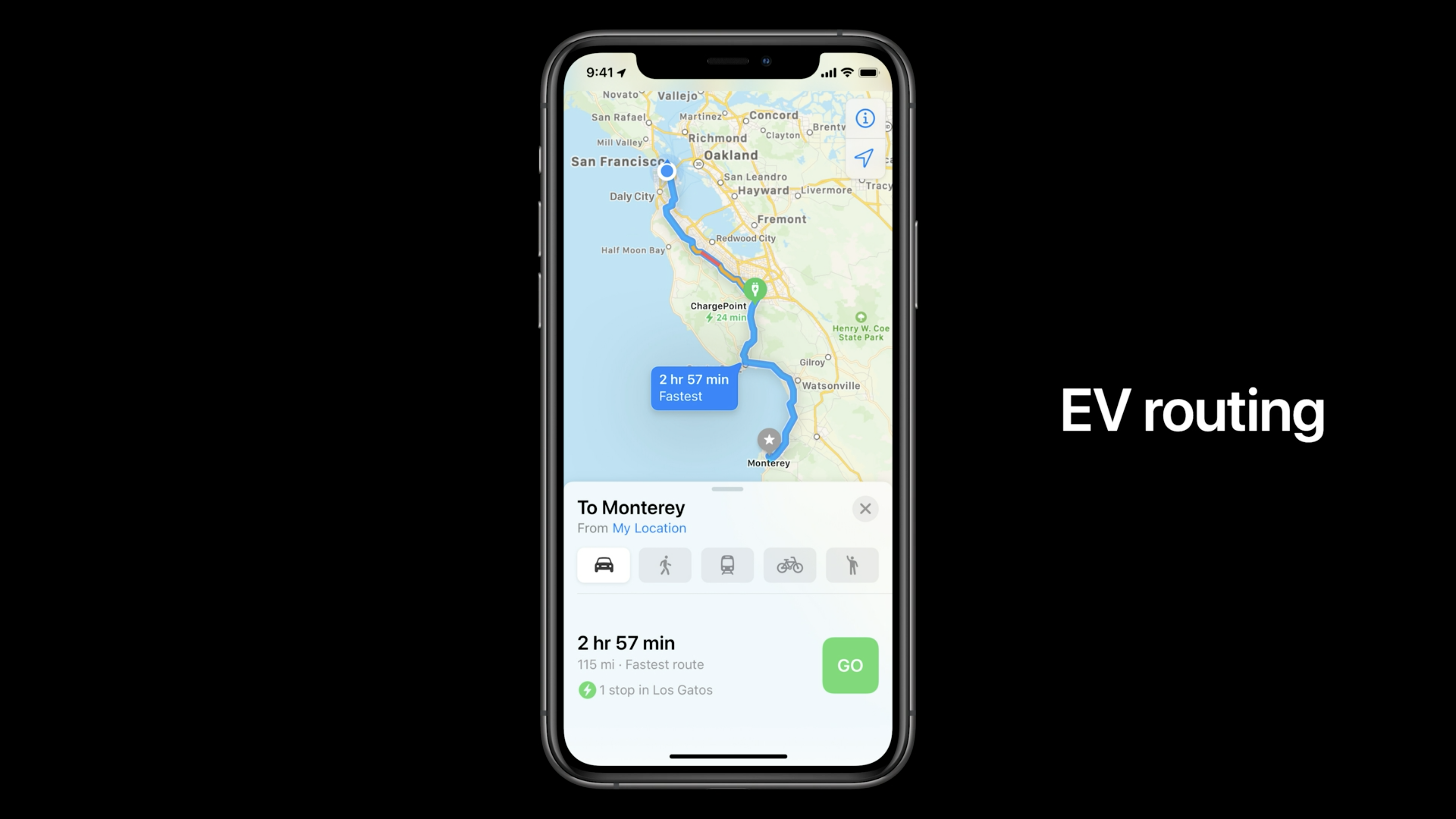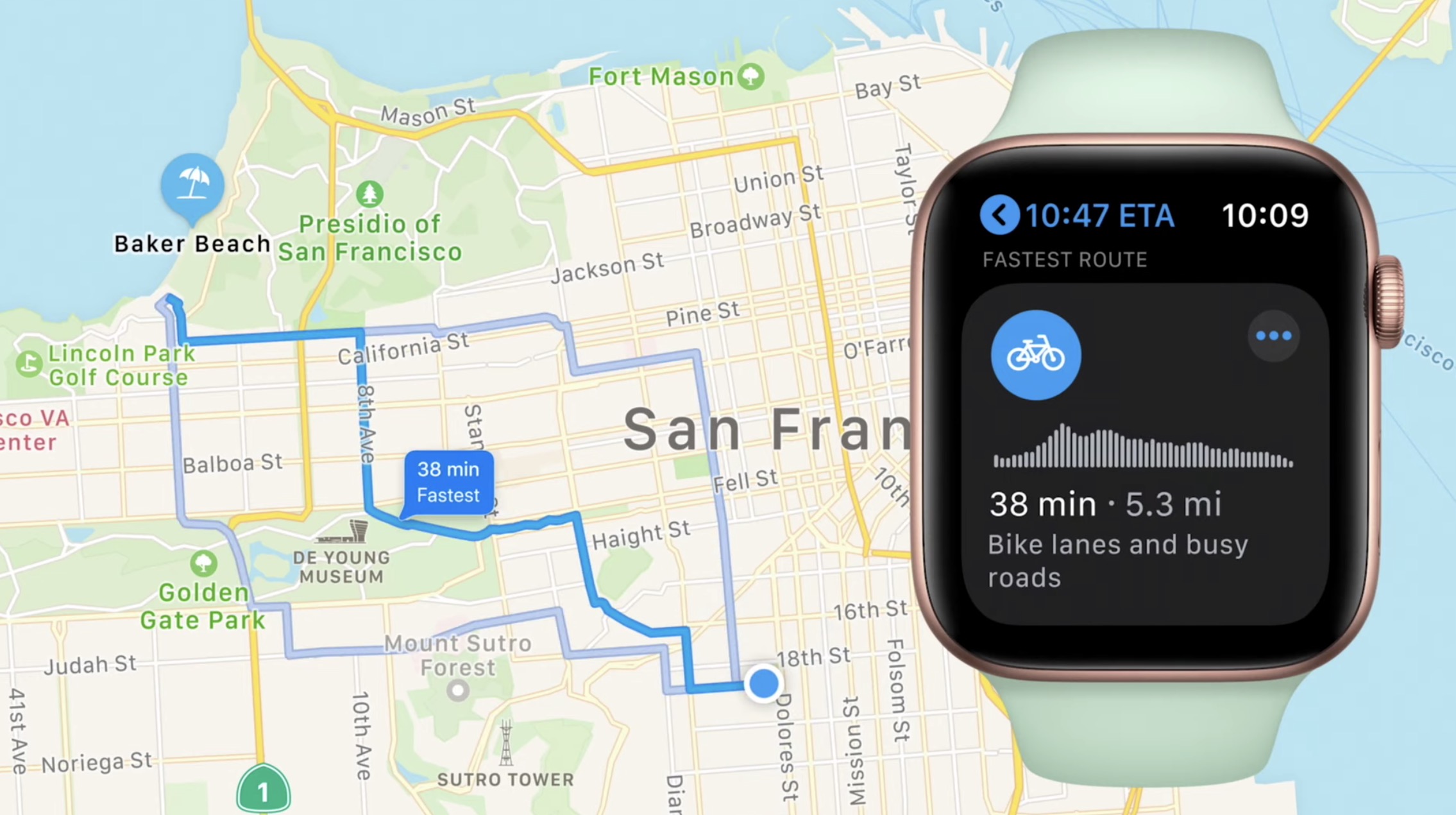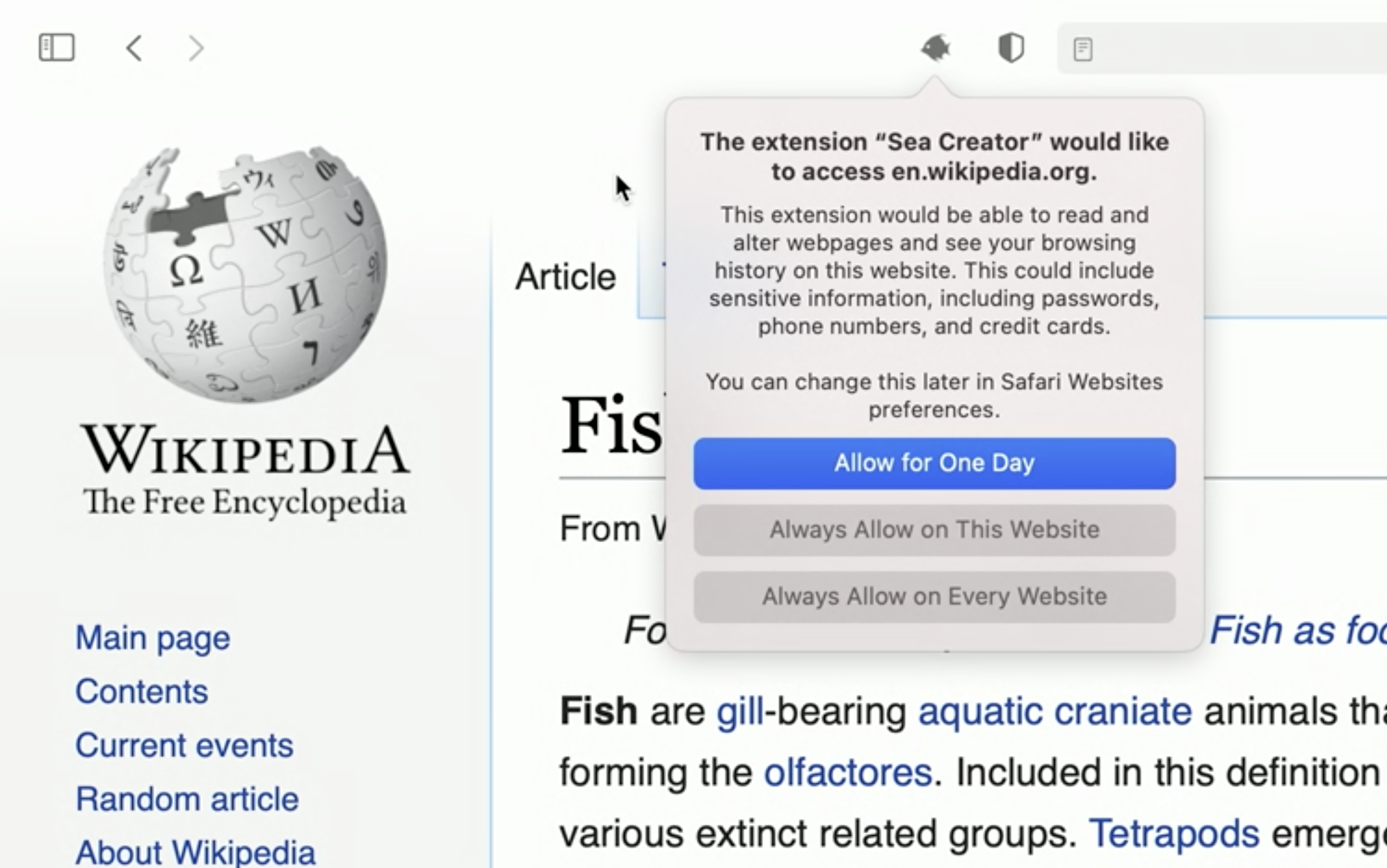The fact that Apple takes a 30% cut of subscriptions purchased via the App Store isn’t news. But since the company threatened to boot email app Hey from the platform last week unless its developers paid the customary tribute, the tech world and lawmakers are giving Apple’s revenue share a harder look.
Although Apple’s Senior Vice President of worldwide marketing Phil Schiller denied the company was making any changes, a new policy will let developers challenge the very rules by which they were rejected from the platform, which suggests that change is in the air.
According to its own numbers, the App Store facilitated more than $500 billion in e-commerce transactions in 2019. For reference, the federal government has given out about $529 billion in loans to U.S. businesses as part of the Paycheck Protection Program.
Given its massive reach, is it time for Apple to change its terms? Will it allow its revenue share to go gently into that good night, or does it have enough resources to keep new legislation at bay and mollify an increasingly vocal community of software developers? To examine these questions, four TechCrunch staffers weighed in:
Devin Coldewey: The App Store fee structure “seems positively extortionate”
Apple is starting to see that its simplistic and paternalistic approach to cultivating the app economy may be doing more harm than good. That wasn’t always the case: In earlier days it was worth paying Apple simply for the privilege of taking part in its fast-expanding marketplace.
But the digital economy has moved on from the conditions that drove growth before: Novelty at first, then a burgeoning ad market supercharged by social media. The pendulum is swinging back to more traditional modes of payment: one-time and subscription payments for no-nonsense services. Imagine that!
Combined with the emergence of mobile platforms not just as tools for simple consumption and communication but for serious work and productivity, the stakes have risen. People have started asking, what value is Apple really providing in return for the rent it seeks from anyone who wants to use its platform?
Surely Apple is due something for its troubles, but just over a quarter of a company’s revenue? What seemed merely excessive for a 99-cent app that a pair of developers were just happy to sell a few thousand copies of now seems positively extortionate.
Apple is in a position of strength and could continue shaking down the industry, but it is wary of losing partners in the effort to make its platform truly conducive to productivity. The market is larger and more complicated, with cross-platform and cross-device complications of which the App Store and iOS may only be a small part — but demanding an incredibly outsized share.
It will loosen the grip, but there’s no hurry. It would be a costly indignity to be too permissive and have its new rules be gamed and hastily revised. Allowing developers to push back on rules they don’t like gives Apple a lot to work with but no commitment. Big players will get a big voice, no doubt, and the new normal for the App Store will reflect a detente between moneyed interests, not a generous change of heart by Apple.
from Apple – TechCrunch https://ift.tt/2Yzz3Je




